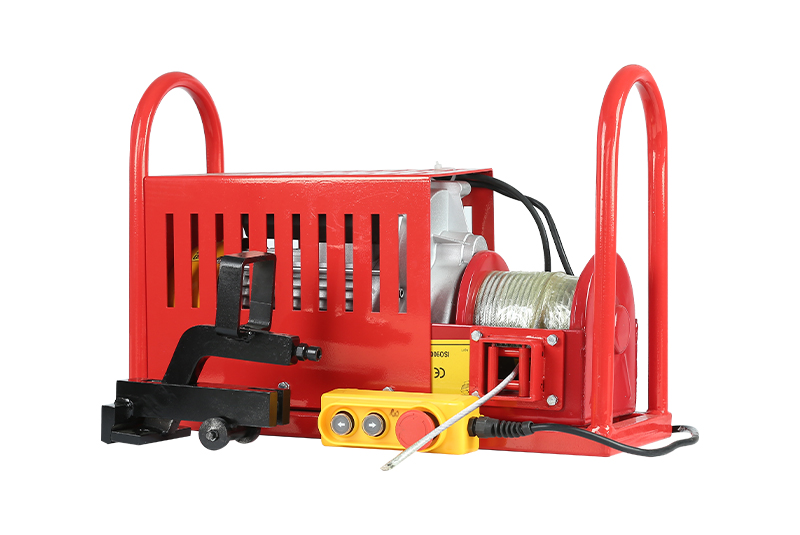Range of Application
The Fabric Belt Stripping Machine is essential for maintaining and repairing fabric belts in industrial conveyor systems. It strips vulcanized joints, separates belt layers, reduces labor intensity, and simplifies maintenance. Versatile for separating covering adhesives, fabric layers and steel wire mesh, it works with 600–2200mm width belts, shortening maintenance time and minimizing production downtime.

Technical Specifications
· Motor Power: 1.5KW
· Working Voltage: 220V
· Line Speed: 0.3m/s
Key Features
· High Efficiency: Large stripping area and high speed accelerate layer separation and splicing.
· Portable: Lightweight design for easy transport, ideal for on-site maintenance.
· Stable Operation: Consistent performance minimizes disruptions.
Operating Instructions
1. Center the conveyor belt and cut the splicing area to expose the first layer.
2. Position and secure the machine with the steel wire rope.
3. Connect power.
4. Clamp the first layer, activate the motor, and strip the designated area.
5. Repeat for subsequent layers.













